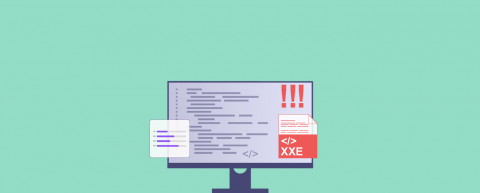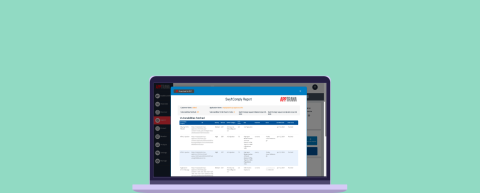Account Takeover Attack Live Simulation
Account takeover attacks have increased by 354% y-o-y in 2023. What’s worse? It takes 11 months to solve an ATO breach. By that time, attackers would have laterally traversed your entire digital infrastructure, including databases. So, how do you protect your organisations against sophisticated ATO attacks that even bypass 2FA? In this live attack simulation, Karthik Krishnamoorthy (CTO) and Vivekanand Gopalan (VP of Products) demonstrate various ways in which account takeover can happen, along with practices to protect your websites and APIs against ATO attacks.











